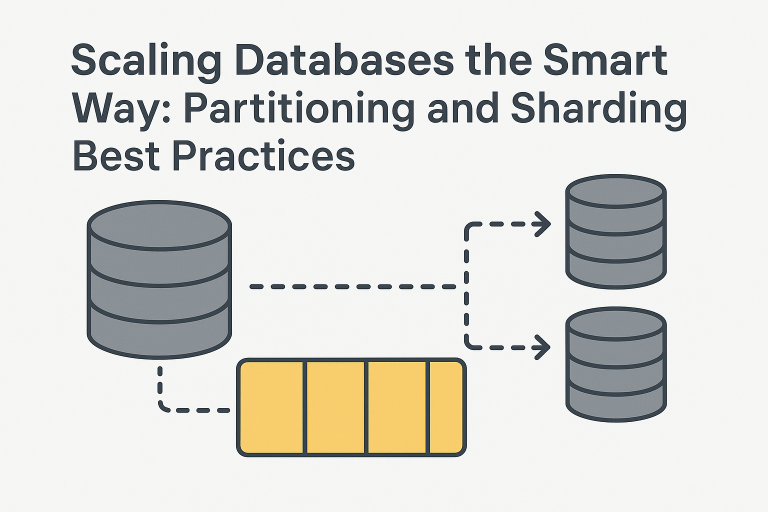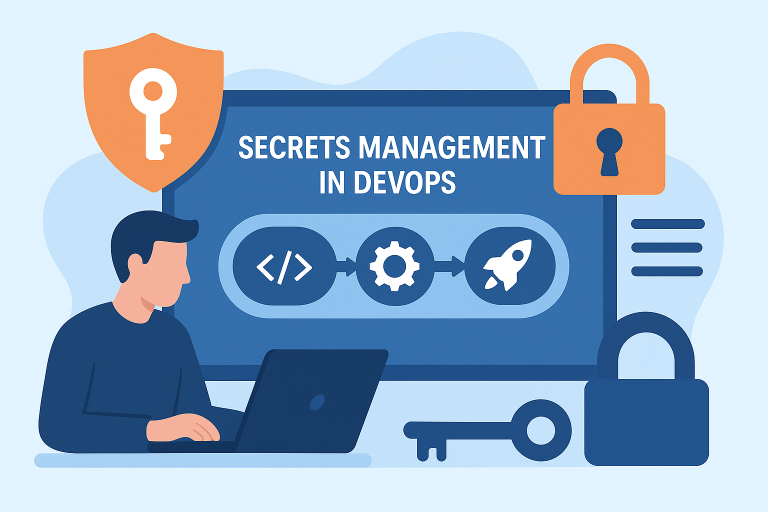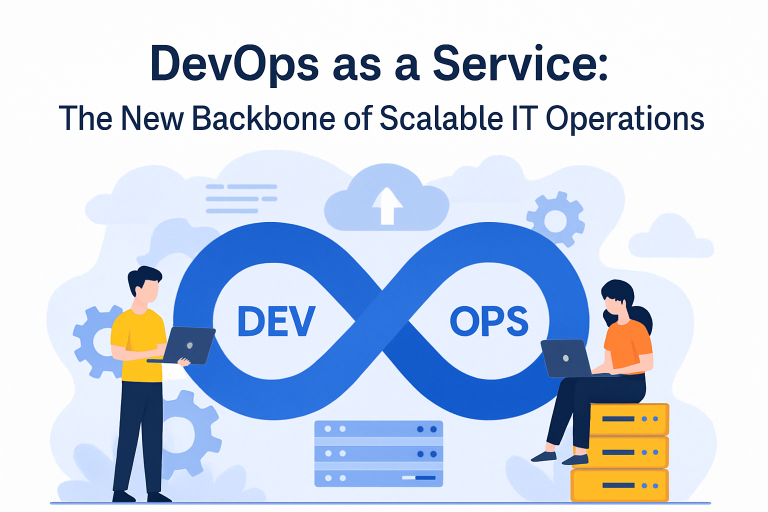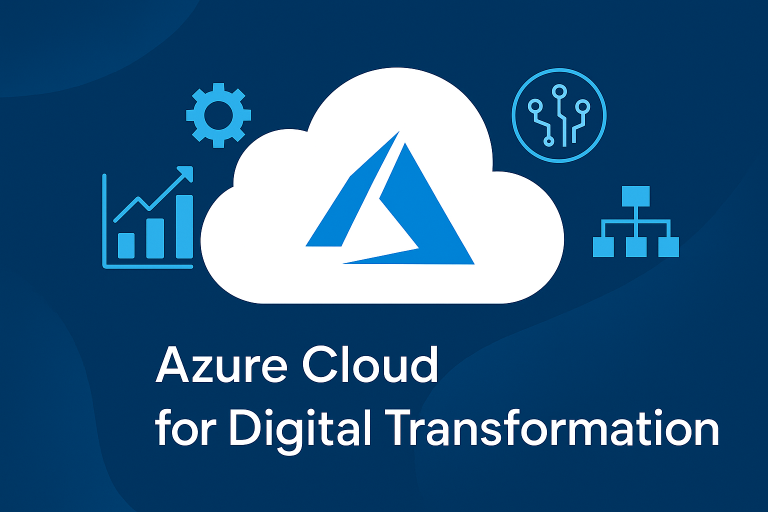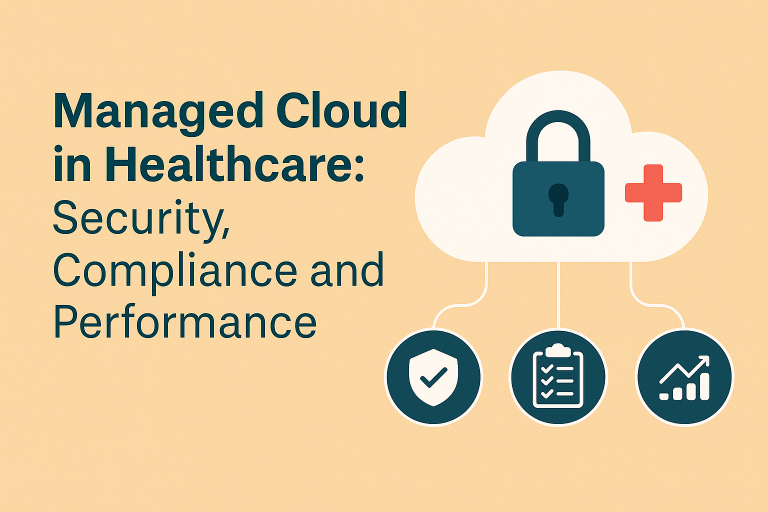
A survey report by the Federal Emergency Management Agency (FEMA) revealed a shocking fact that about 25% of small businesses fail to reopen after a disaster. So, it is clear that a disaster recovery plan is a mandatory component for businesses.
A disaster can hit your business anytime, causing data loss, disruptions, downtime and ultimately loss of revenue and market reputation. It is not always possible to dodge disaster strikes. It’s best to have a disaster recovery plan for quick service restoration, minimal data loss, and reduced downtime.
As a business owner, you should focus on creating a disaster recovery plan (DRP) that can address any disaster. It’s essential to identify your business’s weaknesses and address them in your DRP. To implement an effective DRP for your organization, you can consider a managed IT services provider. Here are five key steps to creating an appropriate DRP for your business.
1. Determine the critical infrastructure and assets
An IT infrastructure comprises multiple resources and several crucial processes essential to running your business. So, your first step in DRP development is to identify and understand the core infrastructure and assets that are mandatory for business operations to continue.
It is vital to do a thorough analysis of assets in your inventory, like servers, hardware, devices, data, etc. Document the location, data capacity, and criticality of each asset. This will help you determine the criticality of assets and prioritize them accordingly. This method helps identify key assets to secure for maintaining critical operations in your DRP.
2. Conduct risk assessment
After determining the critical assets and infrastructure, the next step is to identify all possible threats to these assets. Moreover, you must understand how these threats can impact your business. Various types of threats exist, such as cyberattacks, fire accidents, server crashes, natural disasters, power outages, and manual manipulations. Consequently, these threats can affect different components of your IT infrastructure and disrupt your business continuity.
To address this, engage an MSP to conduct a risk assessment and identify the potential impact of a disaster on your business. In fact, a risk assessment is the most effective way to uncover gaps that hackers might exploit or that could negatively impact your organization. Understanding the risk assessment findings helps you identify vulnerabilities and effectively plan to protect your IT infrastructure during a disaster.
3. Outline your recovery plan
After conducting a risk assessment, you will have information about your critical assets. Furthermore, each component of your infrastructure has different recovery objectives based on its value and impact on your business. Therefore, it’s essential to collaborate with your IT department and key executives to ensure that each asset is labeled with an appropriate recovery objective. Defining these recovery objectives is a vital step in your DRP, as it directly determines the availability of your infrastructure.
Moreover, two key factors come into play: RTO (Recovery Time Objective) and RPO (Recovery Point Objective). These factors are crucial for your database backup and disaster recovery scenarios. Let’s explore RTO and RPO and understand how they work.
RTO (Recovery Time Objective)
It defines the duration within which a business process must be restored after a disaster to avoid undesirable outcomes related to a break in business continuity. In simple terms, it indicates how long your system can be unavailable. Therefore, for each component, you need to assess:
- how much loss can you take if that application remains unavailable?
- How much revenue will you lose? Is it a significant amount?
- What are the consequences of the unavailability of your services to employees or customers?
RTO is vital for your disaster recovery strategic planning as it helps define the time limit of your recovery strategy.
RPO (Recovery Point Objective)
RPO indicates the maximum targeted period in which the amount of generated data loss can be afforded by an organization. You need to determine the maximum amount of data loss your organization can withstand.
For instance, if your organization backup data once a day at midnight and an accident happen at 8 am on the following day, there is a chance of losing the whole data generated in the last 8 hours. With an RPO of less than 8 hours of data, your business may face massive difficulty regarding data and revenue loss.
So, RPO is the most crucial factor to determine the frequency of your data backup or how often you need to back up your business data.
4. Explain the roles and responsibilities
After establishing the backup and disaster recovery plan, the next step is to define the roles and responsibilities of individual employees for implementing the plan. Additionally, you need a clear communication strategy that outlines the responsibilities of key executives to follow in the event of a disaster.
Your outline must include all information regarding the protocol of disaster handling and everyone’s responsibility. It can be like reporting an incident to the respective superior promptly, explaining the issues with internal IT, or informing your managed service provider—whatever the role and responsibilities are. It is crucial to clearly communicate an issue to the right person so that incident response teams can take immediate steps involved in the disaster recovery process.
5. Continually test and update your plan
It is not just a one time job. You next to consistently test and re-test your DRP to ensure its effectiveness and update that as needed. As the IT environment is ever-changing, plus your workforce may grow or shrink, and data is also ever-growing, you need to re-assess your IT infrastructure regularly and update your DRP accordingly.
Conclusion:
These steps provide an overview of how to develop a disaster recovery plan for your business. Moreover, many companies today choose to partner with an MSP to assist in conducting a risk assessment of their IT infrastructure. In addition, these partners can offer valuable recommendations and help develop an effective disaster recovery strategy tailored to your needs.
IT Outsourcing Companies in India have the tools and expertise to conduct a risk assessment, analyze your systems, review your policies and procedures and will help you to develop your disaster recovery plan. They also help you update your DRP and ensure that your organization remains prepared to withstand a disaster strike.
